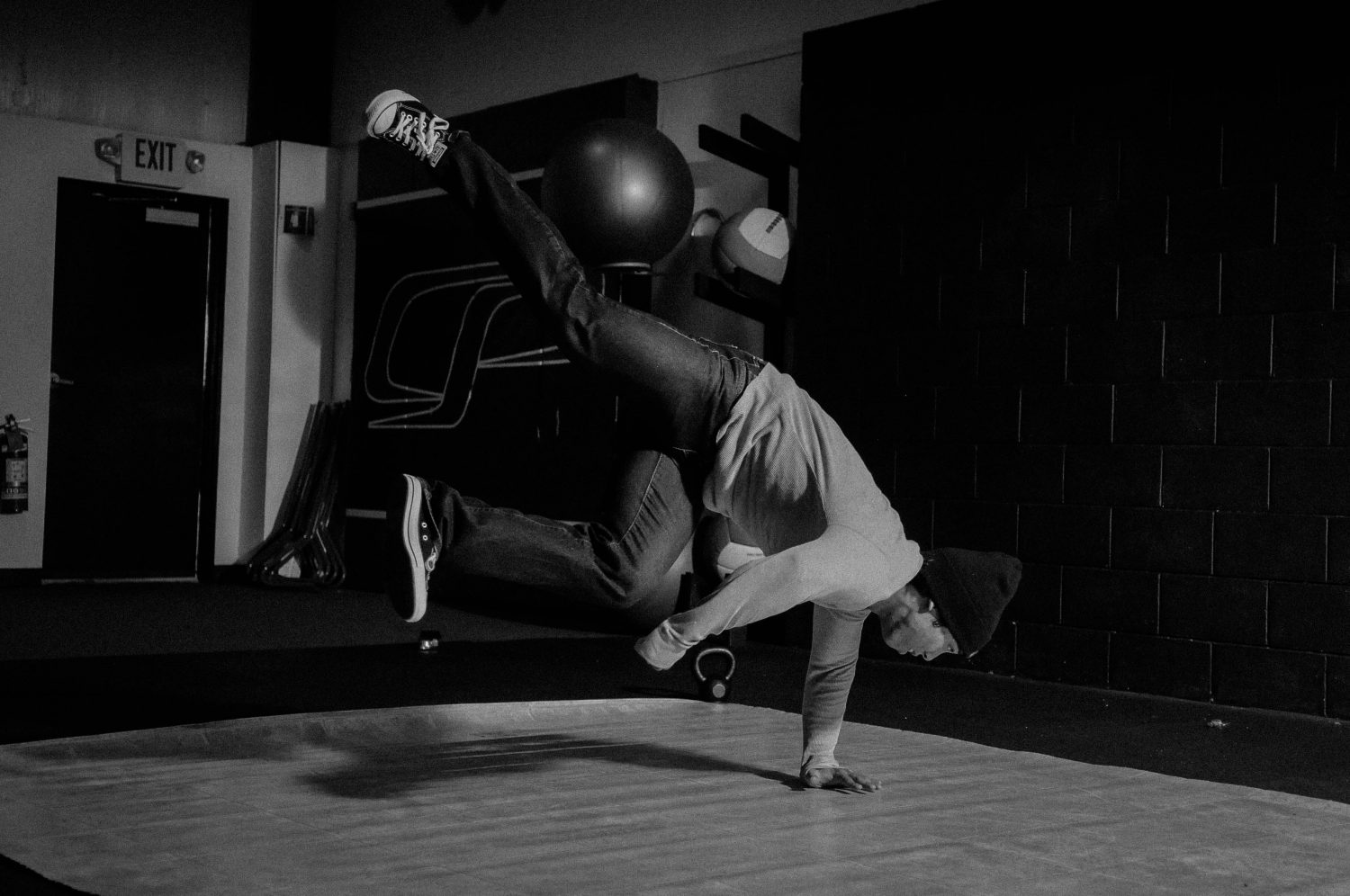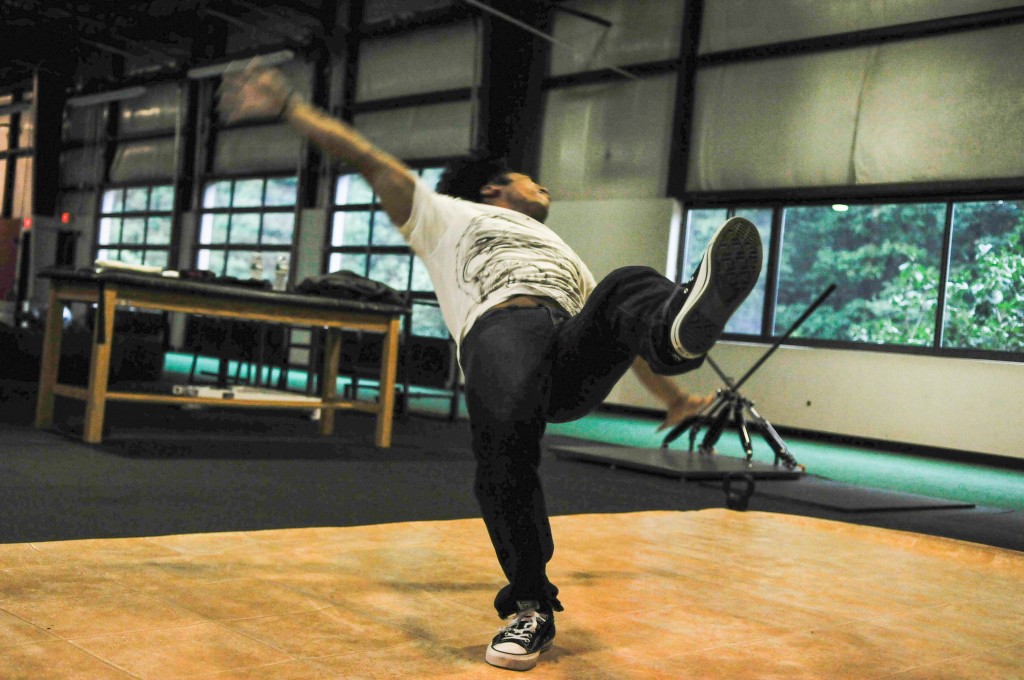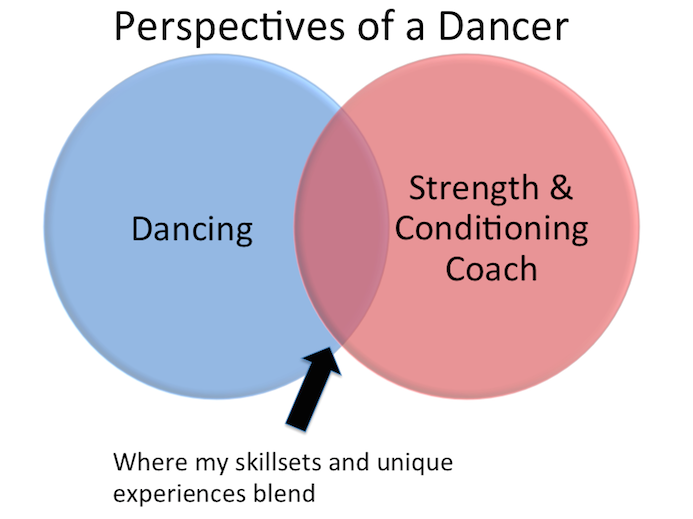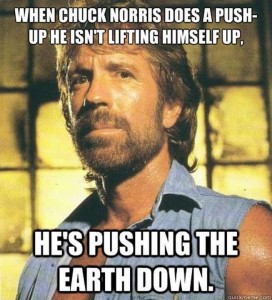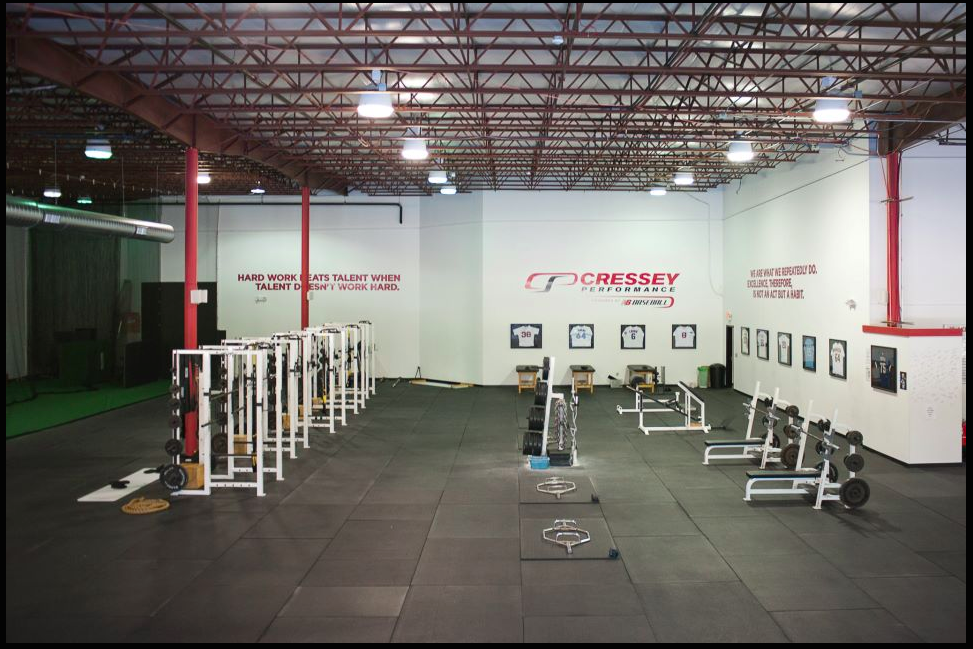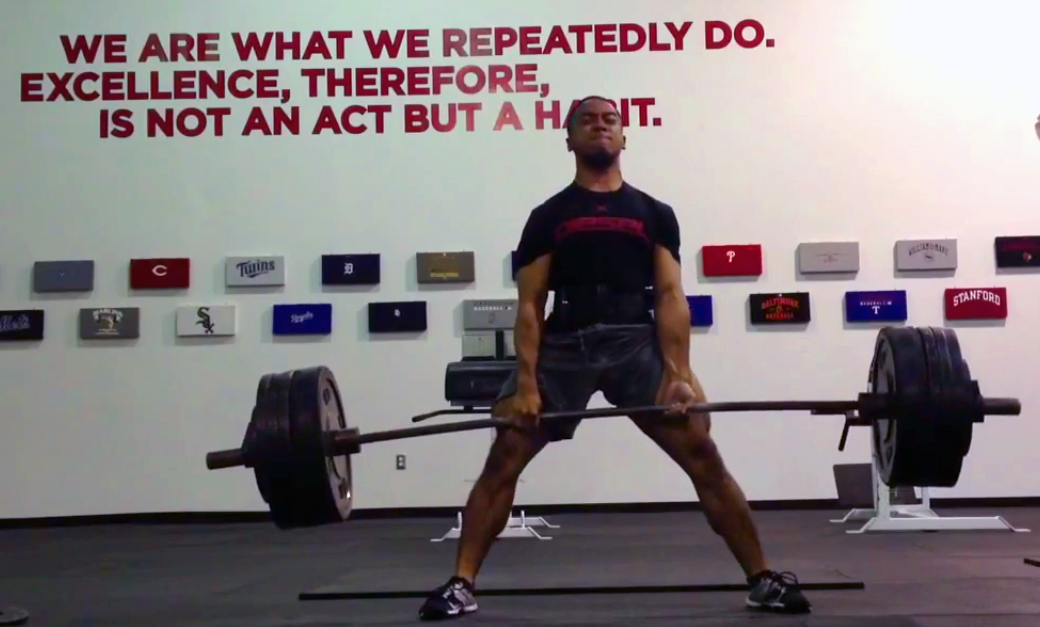I’ve been getting several different questions both in person, over the phone, and from current and even past interns. These questions generally range from identifying what to do to get your foot in the door, to how to make decisions, and what kinds of steps to take when looking to expand your repertoire.
I answered some of these questions individually, but also figured it would be a great chance to simply develop a quick and easy numbered list to help identify the non-tangibles when looking to acquire an internship position.
Further, many times internships are non-paid positions, and I’ll avoid that discussion entirely by saying that I’ve personally done 4 non-paid internships, along with several hundred hours of non-paid observational hours at varying physical therapy clinics. Time is precious, and I recognize that, but I’m also not adverse to not getting paid in order to learn the inner workings of a facility or someone I admire professionally.
One Question
The simple question follows:
Q: Any recommendations for when I’m applying to internships?
In typical fashion, I’ll answer with a question:
A: What do you want? After you figure out specifically what you want to get out of an internship (in any field really), read the following tips.
—-
When Looking to Land the Internship Position…
1. Get to know the people who will be looking at your internship applications.
2. You are more than a resume and CV, and instead of finding out how to fit in, figure out how to stand out.
Identify what makes you special. Identify what the other applicants are saying about themselves. Many times the questions the interviewers or the application itself may ask is simply looking for ways to display competency, how you view yourself, and how you can best express yourself.
From helping with the internship process, to applying to several internships (and also not getting several internship positions and asking why I didn’t get them either), it helps to understand that everyone looks the same on paper, generally, barring the one guy who strength trains skydivers and Olympic level snowboarders, while actively competing in parkour and freerunning competitions (is that even a thing?).
3. Learn how to express yourself. I feel like I’ve developed a great way of identifying the things that make people stand out, and it all starts with asking yourself better questions about what makes you special. Not special like the way your mother talked about yourself, but rather how you can describe the experiences, professions, and the things you learned as a cause of these experiences.
On a side note, I spoke with someone recently and they mentioned an interviewer asked them, “What would your entrance song be, if you had one?”
Many might say the themes from Batman, Inception, or [insert favorite rock song] here.
He said none, and moved on.
Interestingly, this individual later mentioned to me that he said he didn’t have dramatic music for any of the important experiences in his life, so he does not need a dramatic entrance in any respect either. He didn’t reply with the above, just in passing, which shows that even with an answer of “none” you can still express and validate why you chose none.
(To me, this answer provides clarity that this individual is rooted in reality, which is a good thing for me, at the very least. Also, it provides exceptional clarity about who this individual is, because these answers came at a rapid pace, with zero need for thinking about the “whys” of the answer.)
This is not really identifying what kinds of music you listen to – the content of your music doesn’t matter too much. Instead, the question is looking for ways for you to paint a picture of who you are, and if you can paint that picture succinctly, then that will be one more way you differentiate yourself from the crowd.
4. Visit the physical location of where you want to intern, if possible. If not, show respect and ask the owner/managers if you can chat for 5 minutes about why their facility is better than others. (Why settle for somewhere that isn’t special? Or why settle for somewhere that cannot articulate these facts succinctly?)
5. Talk to other coaches that are already working there. The owners will often give you the rose-colored answers you want to hear. Stick around and listen to the coaches that will give you the real answers. If their answers match, then it is all gravy. If there is dissonance, then be wary.
When Looking to Grow as A Person and Managing Logistics
6. Reduce costs of living by figuring out if you have friends/family in the area. This is a no brainer, and it makes sense when you think about next point.
7a. The internship is a great time for learning, yes, but also just as good of a time for networking. Save money on rent, and see if you can take time off on some random days to visit neighboring colleges, universities, other private facilities, and other practitioners (phys therapists, chiropractors, DOs, MDs, nutritionists – doesn’t matter as long as you’re interested).
The point is to use the internship as a “temporary living and learning relocation” that you would not have had access to if you did not work/intern there otherwise.
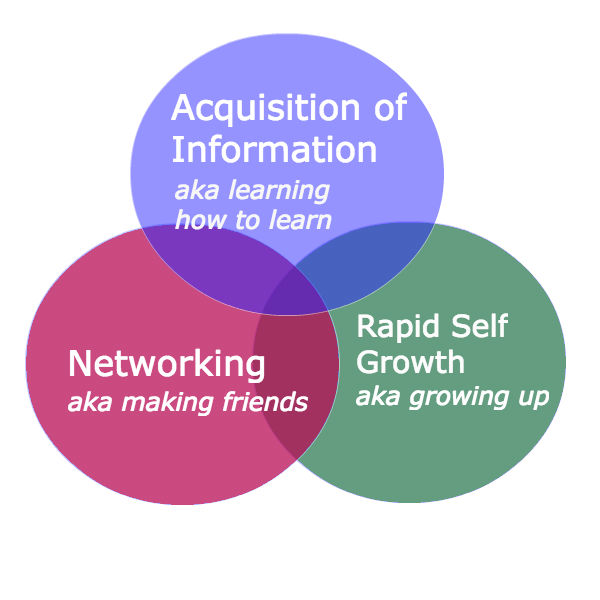
These are the three items I looked to improve upon when I did my internship several years ago.
7b. Using the internship as a “temp living and learning relocation” will grant you the ability to pivot – namely pivot and identify places that you would not have normally had access to were you to just visit on a one day trip. It also allows you to develop relationships in far away locations from where you normally call your home, and thusly may be an area you will identify with more readily in the future if need be.
8. Don’t be afraid to ask for anything. Expect to get rejected, but reek of positivity.
As an addendum to this, all of my “bosses” in my previous internship experiences have been nothing but accommodating, but only after I had shown significant effort into the internship and my own life. I worked multiple jobs, plus did several internships ranging from 250 to 400+ hours, plus managed to not crash and burn. If you show effort, hopefully your superiors will recognize this, and maybe throw you a bone every once in a while – if you ask for it.
9. Also, use your saved money allocation for buying people beers, appetizers, and coffee for people who also interest you, or are willing to help you. Even water, something that is often times free, will go a long way. It is the intent that matters.
General Networking Tips
10. Smile an obnoxious amount. A smile from ear to ear can get you in the door in many many different ways that you would not have known otherwise. (Of course, if you are smiling in a creep way, then stop being creepy first.)
11. If you are just following this as a checklist, and if all of a sudden I have 4 offers for coffee, and 5 offers to get beer after work, I’ll know your intention isn’t legitimate. Read point number 2 again – and be genuine instead of checking things off a list.
12. If you find yourself saying “I can’t do this,” or “I can’t swing the money,” or “I can’t afford to sleep less than 8 hours because of (x),” I have to ask you, “Is it your intention to get better? Do you intend on not doing things to the best of your ability?”
13. Perhaps you are already spread thin. Use this time to re-prioritize what is important to you, if this is the case.
I’m sure this list will grow, as many individuals contact me privately either on Facebook, texting, or calling, and the advice will shift depending on their respective situation. Generally however, radical confidence in oneself to accomplish anything, plus a realistic self-awareness of where one excels and is weak, will be enough to guide anyone down a path towards whatever success means.
As always,
Keep it funky.


